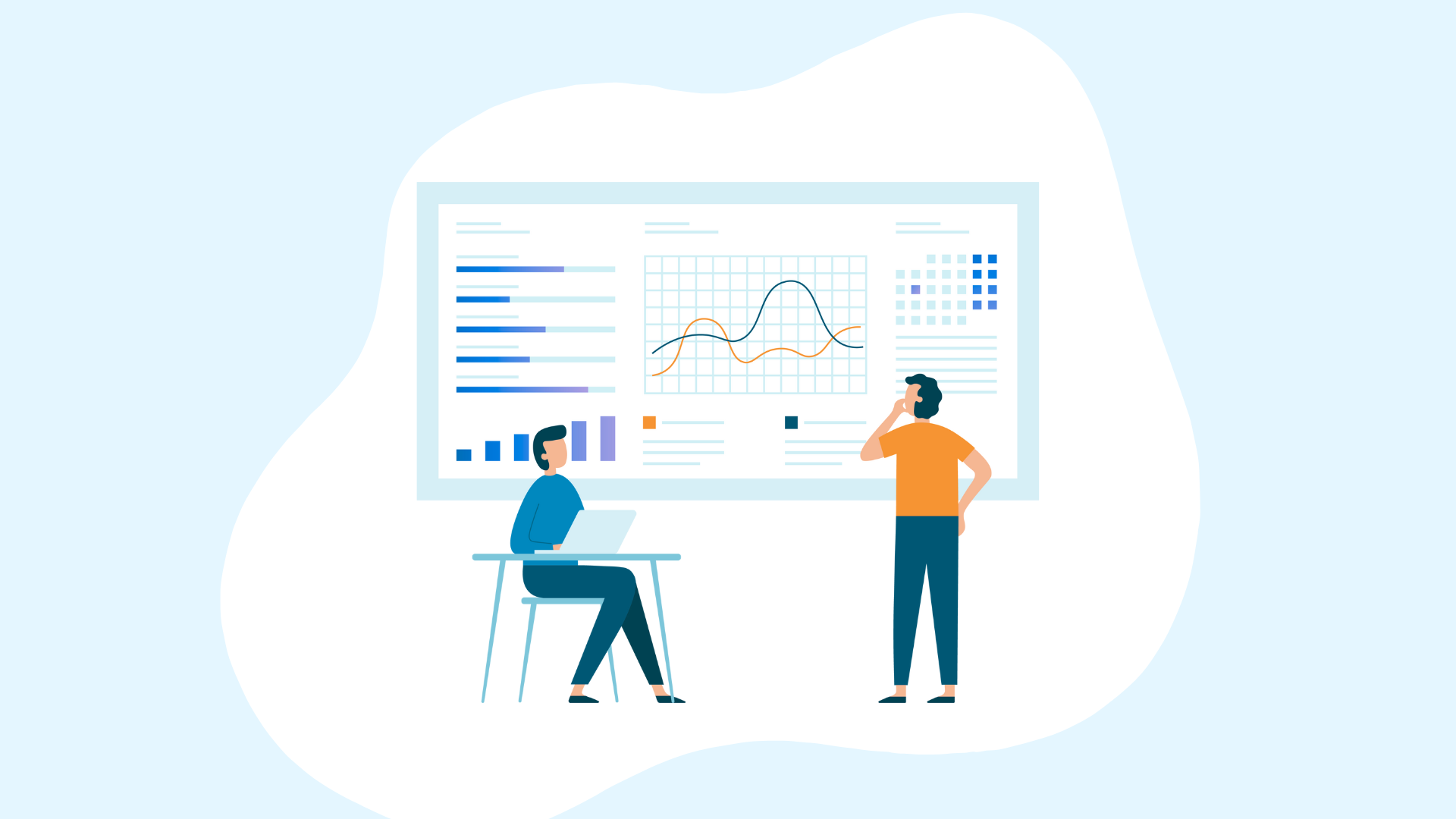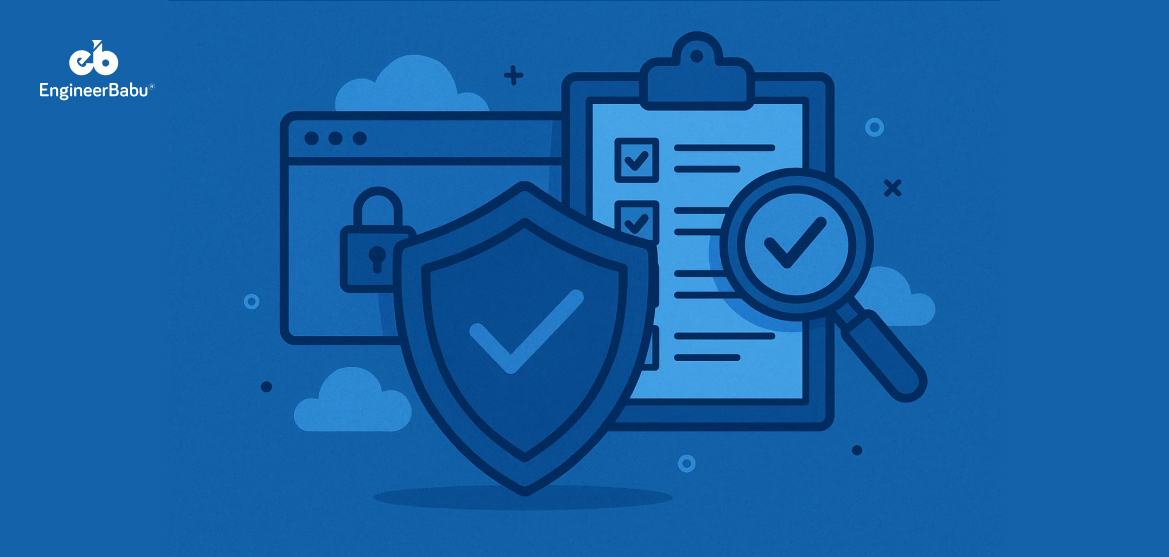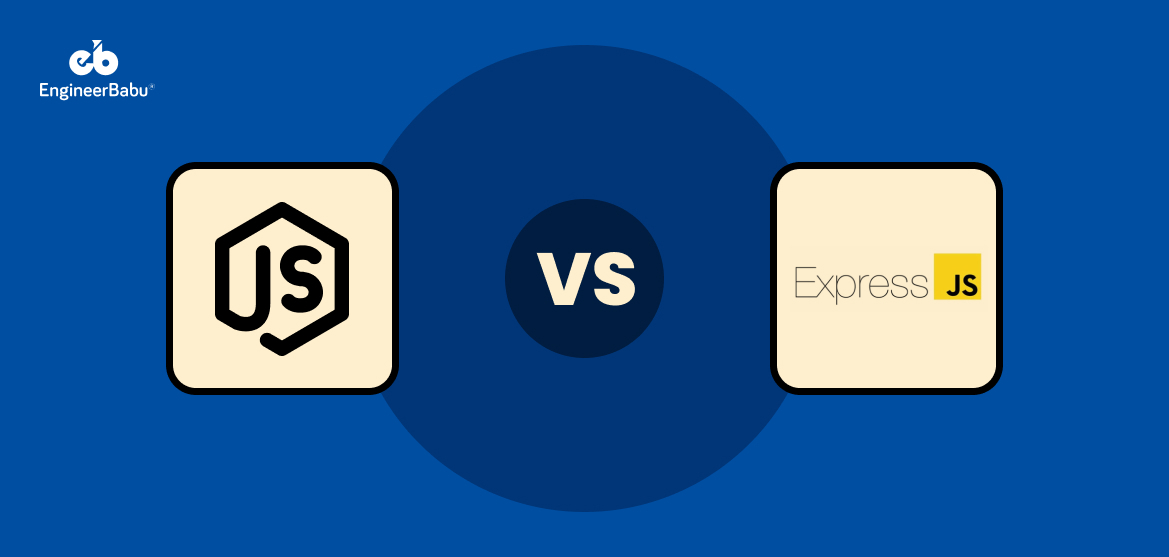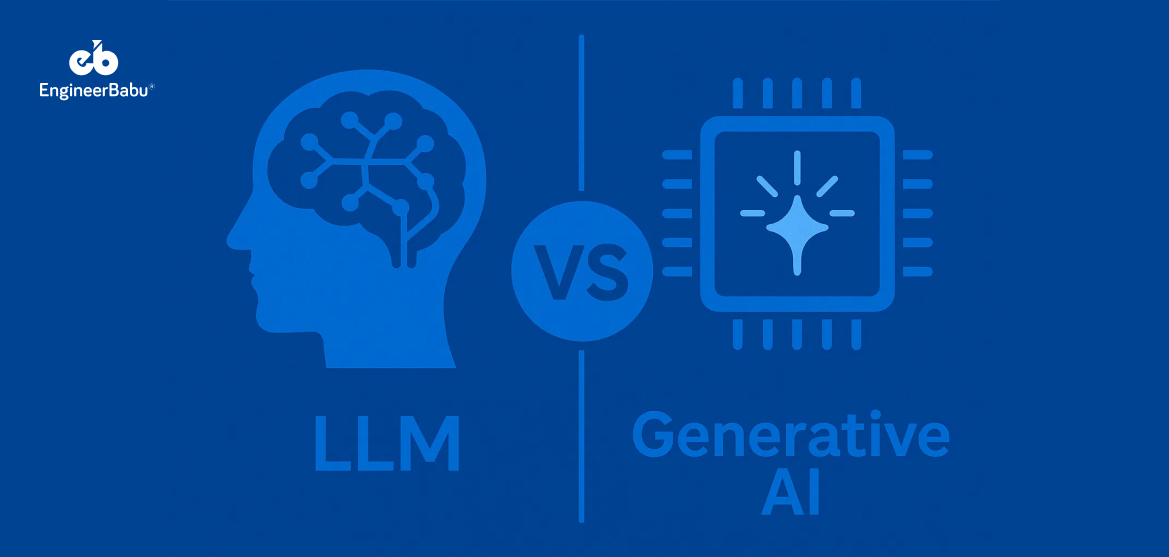Mobile apps are becoming smarter, and predictive analytics is at the heart of this transformation. By analyzing user behavior, historical data, and real-time interactions, mobile apps can anticipate user needs, personalize experiences, and optimize business decisions.
From recommending the next video on YouTube to detecting fraudulent transactions in fintech apps, predictive analytics is driving engagement and efficiency across industries. Companies that implement predictive models see a 30-50% increase in user retention rates and 25% higher conversion rates (McKinsey).
In this blog, we’ll explore how predictive analytics works in mobile apps, its key benefits, real-world applications, and the challenges businesses should consider when adopting this technology.
How Predictive Analytics Works in Mobile Apps
Predictive analytics in mobile apps leverages data science, machine learning, and AI models to anticipate user actions and improve engagement. It helps businesses analyze user behavior patterns, forecast trends, and optimize decision-making in real time.
Key Steps in Predictive Analytics for Mobile Apps:
- Data Collection: Apps gather data from user interactions, device sensors, purchase history, location data, and app usage patterns.
- Data Processing & Analysis: AI-powered systems analyze raw data to detect patterns and trends.
- Machine Learning & Predictive Modeling: Algorithms use historical data to predict future actions, such as purchases, churn risks, or content preferences.
- Real-Time Decision-Making: Based on predictions, the app dynamically adjusts recommendations, sends personalized notifications, or triggers automated responses.
Data Insight: Over 90% of mobile apps use some form of data analytics, and those implementing predictive models see a 200% increase in user engagement (Forrester).
By applying predictive analytics, mobile apps become more intelligent, engaging, and effective at retaining users.
Key Benefits of Predictive Analytics in Mobile Apps
Predictive analytics is reshaping mobile applications by making them more intelligent, efficient, and user-friendly. By analyzing user data, mobile apps can anticipate needs, personalize interactions, and optimize business strategies.
Personalized User Experiences
Predictive analytics helps mobile apps deliver highly tailored experiences by understanding user preferences and behaviors.
- Streaming platforms recommend movies, music, or shows based on past viewing history.
- E-commerce apps suggest products based on previous purchases and browsing patterns.
- Fitness apps generate workout plans customized to an individual’s activity levels and goals.
Research shows that personalized content recommendations increase user engagement by 80 percent, leading to higher retention rates.
Enhancing User Engagement and Retention
Apps that proactively engage users based on predictive insights see a significant boost in retention.
- Gaming apps predict player behavior and suggest in-game rewards to maintain interest.
- Social media platforms identify trending content that aligns with individual user preferences.
- Shopping apps notify users about discounts on frequently searched items to encourage purchases.
Studies indicate that apps using predictive engagement strategies experience a 35 percent increase in daily active users.
Optimizing Marketing Strategies
Predictive analytics enables businesses to refine their marketing strategies by anticipating user behavior.
- AI-powered models segment users based on their likelihood to make a purchase.
- Apps send targeted push notifications and emails with personalized offers.
- Marketing budgets are allocated more effectively by focusing on high-converting audiences.
Brands that use predictive analytics in their marketing campaigns see a 25 percent higher return on investment compared to traditional methods.
Improving Operational Efficiency
Predictive models help businesses streamline operations and reduce inefficiencies in resource management.
- Food delivery apps forecast peak demand periods to ensure optimal driver availability.
- E-commerce platforms predict inventory requirements to prevent stock shortages.
- Cloud-based apps scale resources dynamically based on anticipated traffic.
Companies implementing predictive analytics for operations have reported a 30 percent reduction in cost overruns and delays.
Fraud Detection and Security Enhancements
Mobile apps use predictive analytics to detect unusual activities and prevent fraudulent transactions.
- Fintech apps analyze transaction patterns to flag potential fraud in real time.
- Banking apps use AI-driven risk assessments to detect unauthorized login attempts.
- Ride-sharing services monitor booking patterns to identify and block suspicious activity.
Financial institutions leveraging predictive fraud detection systems have reduced fraudulent transactions by 40 percent.
Predictive analytics is no longer just an added feature in mobile apps; it has become a fundamental component for improving user satisfaction, increasing efficiency, and driving business growth.
Real-World Applications of Predictive Analytics in Mobile Apps
Predictive analytics is already transforming various industries, helping businesses optimize their mobile app strategies. Here are some of the most impactful real-world applications across different sectors.
E-commerce and Retail Apps
Predictive analytics helps e-commerce platforms improve product recommendations, manage inventory, and enhance customer experience.
- Online retailers analyze user behavior to suggest products likely to be purchased.
- Apps predict demand trends to optimize stock levels and prevent overstocking or shortages.
- Dynamic pricing models adjust product prices based on market conditions and user preferences.
E-commerce apps using predictive analytics have reported a 25 percent increase in sales conversions and improved inventory management.
Streaming and Entertainment Apps
Entertainment apps rely on predictive analytics to recommend content and keep users engaged.
- Video streaming platforms analyze watch history to suggest relevant movies and TV shows.
- Music streaming apps create personalized playlists based on listening patterns.
- News and magazine apps deliver customized content based on user interests.
Streaming services using predictive recommendations see a 75 percent increase in content consumption per user.
Health and Fitness Apps
Predictive models in health and fitness apps help users achieve their wellness goals by providing personalized guidance.
- Fitness apps recommend workout plans based on past activity and progress.
- Diet tracking apps predict calorie intake and offer meal suggestions.
- Wearable devices use predictive analytics to monitor health trends and alert users about potential risks.
Users of fitness apps with predictive coaching features are 50 percent more likely to stick to their fitness routines.
Fintech and Banking Apps
Financial institutions use predictive analytics to enhance security, improve customer service, and optimize financial planning.
- Banking apps detect fraudulent transactions by analyzing spending patterns.
- AI-driven financial assistants predict cash flow trends and provide budgeting recommendations.
- Credit scoring models assess loan eligibility based on predictive risk analysis.
Banks using predictive fraud detection have reduced unauthorized transactions by 40 percent, improving security and trust.
Gaming Apps
Predictive analytics in gaming helps developers increase player engagement and monetization.
- AI predicts which users are likely to abandon the game and sends retention incentives.
- Personalized in-game rewards and level recommendations enhance user experience.
- Advertising strategies are optimized based on player preferences and spending behavior.
Gaming companies leveraging predictive engagement techniques have seen a 30 percent increase in player retention.
From e-commerce to entertainment and fintech, predictive analytics is enabling mobile apps to become more user-centric, efficient, and profitable.
Conclusion
Predictive analytics is revolutionizing mobile apps by making them smarter, more efficient, and highly personalized. From e-commerce and streaming to fintech and gaming, predictive models help businesses anticipate user behavior, optimize engagement, and improve operational efficiency.
By leveraging machine learning and data-driven insights, mobile apps can:
- Deliver personalized recommendations that improve user satisfaction.
- Automate targeted marketing to increase conversions.
- Enhance security and fraud detection to protect users.
- Optimize resource allocation for seamless app performance.
As mobile technology advances, predictive analytics will continue to play a crucial role in shaping the future of app development. Businesses that integrate predictive insights into their apps will not only stay ahead of the competition but also provide a superior user experience that drives growth and long-term success.
FAQs: Predictive Analytics in Mobile Apps
1. How does predictive analytics work in mobile apps?
Predictive analytics collects and analyzes user data, such as browsing history, app interactions, and purchase behavior, to forecast future actions. Machine learning models then use this data to deliver personalized recommendations, targeted notifications, and real-time decision-making.
2. What industries benefit the most from predictive analytics in mobile apps?
Industries such as e-commerce, streaming services, fintech, gaming, and healthcare see the biggest impact. Predictive analytics helps businesses improve user engagement, optimize marketing, detect fraud, and enhance overall app performance.
3. What are the key challenges of implementing predictive analytics in mobile apps?
- Data privacy concerns: Apps must comply with regulations like GDPR and CCPA to protect user information.
- Model accuracy: Poorly trained AI models can lead to incorrect predictions and biased outcomes.
- Infrastructure requirements: Handling large-scale data and real-time processing requires advanced computing resources.
4. Can small businesses use predictive analytics in their apps?
Yes. Cloud-based AI solutions and third-party analytics tools make it possible for startups and small businesses to integrate predictive insights without heavy investments in infrastructure. Many affordable AI-powered SDKs and APIs can be integrated into mobile apps.
5. How does predictive analytics improve user retention?
Predictive models identify users at risk of churning and proactively engage them with personalized offers, reminders, and notifications. Businesses using predictive retention strategies see up to a 35% increase in user retention rates.
6. What is the future of predictive analytics in mobile apps?
The future will see deeper AI integration, real-time decision-making, hyper-personalization, and enhanced automation. Advances in natural language processing and behavioral analytics will make mobile apps even more intelligent and intuitive.




